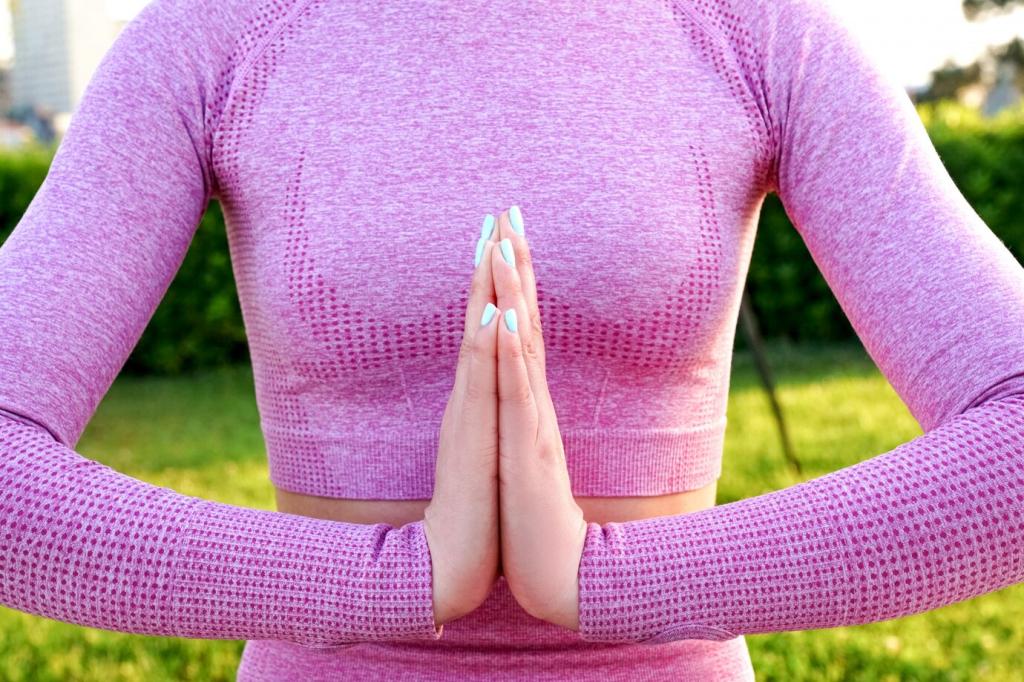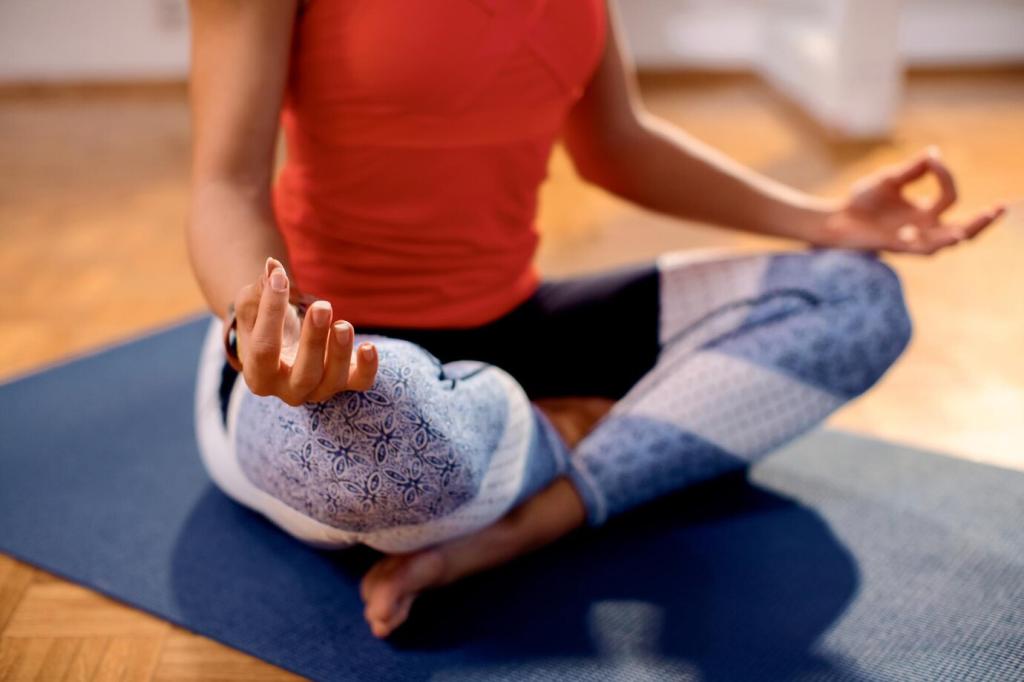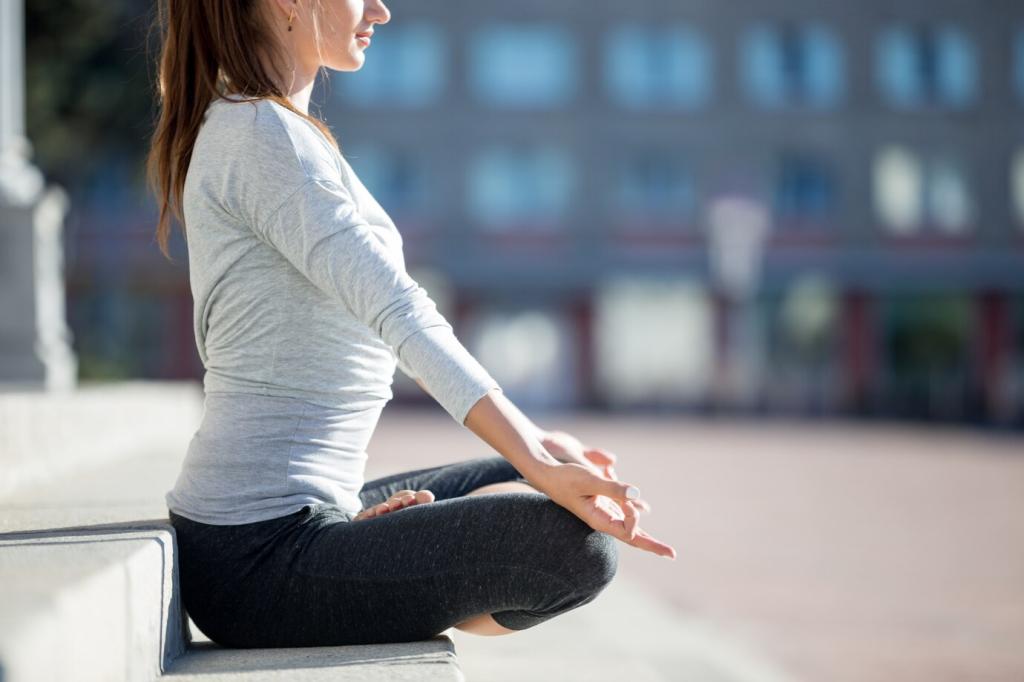
Stronger Body, Still Mind: How Meditation Enhances Physical Health
Chosen theme: How Meditation Enhances Physical Health. Explore science, techniques, and real-life stories showing how a calmer mind builds a more resilient heart, muscles, metabolism, and immune system. Subscribe and share your progress as we grow stronger together.
From Stress to Strength: The Physiology of Calm
Lower Cortisol, Better Recovery
Consistent meditation reduces baseline cortisol, easing systemic stress. Lower cortisol supports muscle repair, steadier blood sugar, and fewer nighttime wake-ups, leading to faster recovery after workouts and calmer mornings that invite healthier choices.
Heart Rate Variability and Resilience
Slow, attentive breathing during meditation can raise heart rate variability, a marker of adaptability. Higher HRV correlates with steadier endurance, improved emotional control under pressure, and a quicker bounce-back after intense physical or mental training sessions.
Inflammation and Immune Balance
Mindfulness practices may downshift inflammatory signaling and bolster antibody responses. This balance can mean fewer colds, milder seasonal flares, and joints that feel less reactive after demanding days, whether you were sitting long hours or lifting heavy.
Breath as Medicine: Techniques That Train the Body

Inhale four, hold four, exhale four, hold four cultivates CO2 tolerance and steadies sympathetic spikes. Many readers report slightly lower readings after two weeks, plus a clearer head before high-stakes meetings or heavy lifts at the gym.
Sleep Deeply, Heal Faster
Dim lights, silence notifications, and sit for a five-minute breath practice. This cue chain teaches your nervous system that night means safety and rest, shortening sleep latency and smoothing those first critical sleep cycles.
If you wake at 3 a.m., avoid scrolling. Instead, try four-seven-eight breathing while counting gently. The slow exhale reduces arousal, helping you drift back without frustration and preserving next-day energy for training or work.
A brief morning sit paired with outdoor light anchors circadian rhythms. This habit steadies cortisol’s daily rise, making afternoons more productive and evenings calmer, which compounds physical recovery across weeks and months of consistent practice.



Nutrition Meets Meditation: Cravings, Satiety, and Gut Health
Before the first bite, pause for three breaths, noticing aromas and gratitude. This simple ritual reduces impulsive overeating, promoting slower chewing, better digestion, and a pleasant fullness that arrives without heavy post-meal sluggishness.
Nutrition Meets Meditation: Cravings, Satiety, and Gut Health
Eating with attention supports satiety signals like GLP-1 and leptin sensitivity. When you truly taste, smaller portions satisfy more, helping stabilize energy for evening walks or strength sessions without the crash from rushed snacking.
Stories from the Mat: Real Habits, Real Results
After adding five calm breaths at stoplights, Mara noticed her stride relax and weekly mileage rise without aches. She credits attention training for catching tension early, then adjusting tempo before discomfort escalated.
